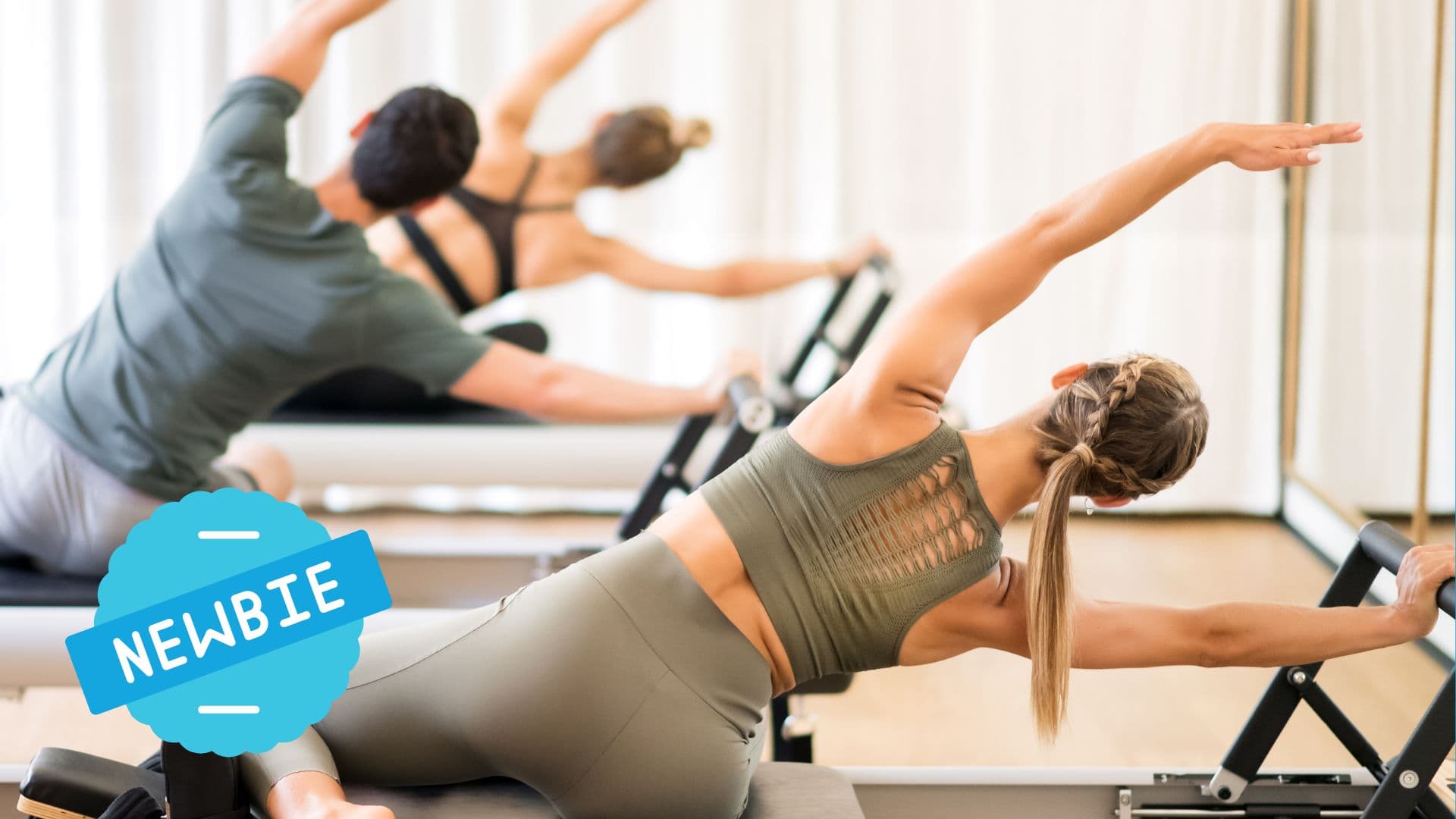
Looking to start exercising? If you’re new to the world of fitness and aren’t sure where to begin, you will be surprised at just how effective walking can be. Choosing walking as your main form of exercise is a versatile choice that can easily fit into any schedule, while avoiding the major strain on joints that running can cause. Read on to discover the plethora of benefits walking has to offer, along with a 12-week walking schedule to make getting started a breeze!

Unlike some other forms of physical activity, walking is extremely accessible. It’s free, doesn’t require any equipment, and is low impact, making it an especially great option for those who are overweight, elderly, out of shape, unable to join a gym, or simply do not enjoy working out. Regardless of obstacles that may be preventing you from starting your fitness journey, it’s important to understand the benefits of living an active lifestyle.
Being active doesn’t just benefit your physical health, it improves all dimensions of your well being. Engaging in a solid fitness routine will cause a ripple effect, elevating every aspect of your life. Here are just a few out of the many positive outcomes an active lifestyle can have on your overall well being:
Yes, believe it or not, walking can give you all of these benefits! Many of them come from being active in general, and walking is one of the most accessible physical activities.

In order to reap all of the health benefits, you’ll want to build a long-term exercise goal. According to the Department of Health and Human Services the following activity levels are ideal for a healthy lifestyle:
150 minutes per week may seem like a lot of walking, but there are so many ways to fit it in. One of them is weaving walking into your existing schedule. Typically, one of the simplest ways to fit walking into your routine is to swap driving or other transportation time for walking whenever possible. This may not always feel attainable, but it helps to get a little creative. If your destination is too far away, opt for public transportation and get off one or two stops earlier than usual, then walk the rest of the way. If you’re set on driving, park further away from your destination so you have a longer walk. If you really need to get to your destination quickly, you can always take walking breaks during the day!
Understandably, walking outside may not always feel like the best option for you. If that’s the case, a treadmill is always a great alternative. Similarly, investing in a walking pad is another functional way to get your steps in. With a walking pad, you’ll be able to walk while doing things like reading or watching TV – all from the comfort of your own home. If you work from home, adding a standing desk may be the perfect addition to your walking pad, allowing you to accomplish your fitness goals during your work day.
Once you’ve chosen how you’re going to get your walking done, you’ll need to decide on your duration. This 12-week walking schedule from the National Heart, Lung, and Blood Institute is designed to kickstart your walking journey in a digestible manner, allowing you to slowly build up your endurance over time.
Week | Warm-up | Brisk walking | Cool-down |
|---|---|---|---|
1 | 5 minutes | 5 minutes | 5 minutes |
2 | 5 minutes | 7 minutes | 5 minutes |
3 | 5 minutes | 9 minutes | 5 minutes |
4 | 5 minutes | 11 minutes | 5 minutes |
5 | 5 minutes | 13 minutes | 5 minutes |
6 | 5 minutes | 15 minutes | 5 minutes |
7 | 5 minutes | 18 minutes | 5 minutes |
8 | 5 minutes | 20 minutes | 5 minutes |
9 | 5 minutes | 23 minutes | 5 minutes |
10 | 5 minutes | 26 minutes | 5 minutes |
11 | 5 minutes | 28 minutes | 5 minutes |
12 | 5 minutes | 30 minutes | 5 minutes |
This table is intended to be followed on a 5 day per week basis. Start out walking at a slow pace for 5 minutes, pick up your speed until you’re walking briskly for the recommended amount of time, and then bring down your pace again for the last 5 minutes. Beginning and ending your walks with a warm-up and cool-down will allow your muscles to flow through the brisk walking easier and prevent muscle stiffness and injury. A brisk pace entails heavy breathing, but with the ability to carry a conversation, allowing you to walk safely within your target heart rate.
If you’re looking to further intensify your regime once you’ve completed this schedule, walking with weights, walking up hills, or increasing the time you spend walking briskly will all help you achieve this goal. For the purpose of this article, we are focusing on walking. However, muscle-strengthening exercises are equally important. Consider adding exercises such as calf-raises, squats, push-ups, and crunches to your routine as well.
By week 12, you’ll have reached the recommended 150 minutes of moderate activity per week by completing 30 minutes of brisk walking 5 days per week. Continue with this schedule and you will be sure to notice endless health benefits. If you have a medical condition, you should consult with your doctor before starting any exercise program, even a low-risk walking schedule, as there may be a better fit for your specific needs.

Pilates is focused on enhancing core strength, crucial for overall torso stability and fluid movement. The core, influencing both legs and upper body, is essential for everyday comfort, such as sitting and standing without pain. The aim is to move gracefully through balanced muscle development, addressing potential weaknesses and promoting full joint mobility. The workout …

Rocky Mountain spotted fever (RMSF) is a bacterial infection caused by Rickettsia rickettsii and transmitted through the bite of an infected tick. This infection is characterized by the sudden onset of fever, headache, and rash, which can be life-threatening if not treated promptly. This infection was first identified in 1896 in the Snake River Valley …

COVID-19 has faded from the public conversation, but it is still as prevalent as ever, with wastewater levels in 2024 approaching those seen at the beginning of the pandemic in 2020. Furthermore, as COVID-19 has become less of a hot topic, many of the resources that made COVID-19 vaccines free or cheap have dried up …